The description on England's Rock Art website - ERA-2040:
This carving comes from Woodside, Ryton and was found in the stone facing of a clay wall by W A Cocks in 1939. The motifs consists of ten cups, plus a possible small eleventh, a cup with conical groove and a cup with three short linear ducts, a curvilinear groove track one side of the latter motif giving the impression of a ring. Tooling marks are still clearly visible, suggesting the motifs haven’t been exposed to weathering.

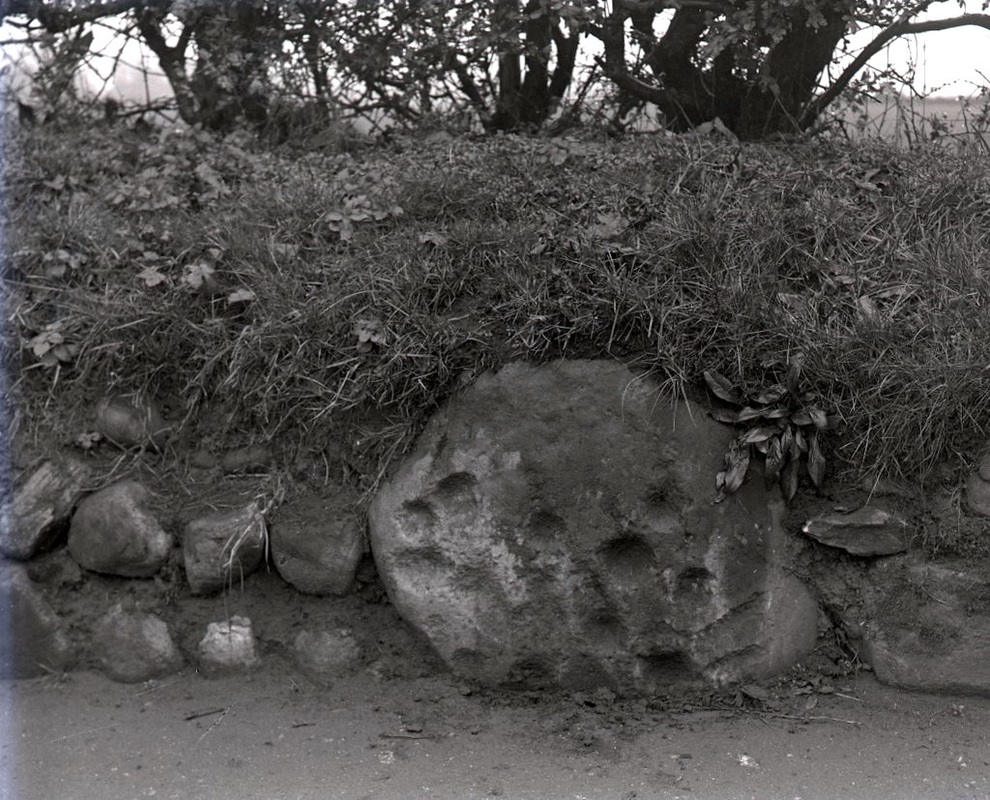
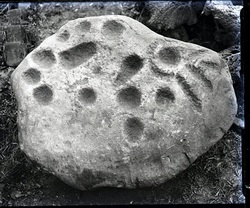
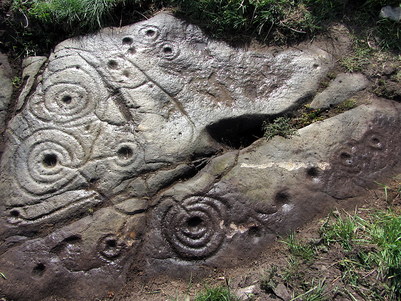
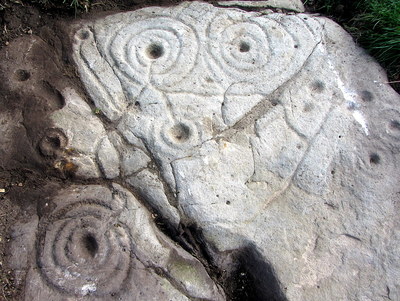

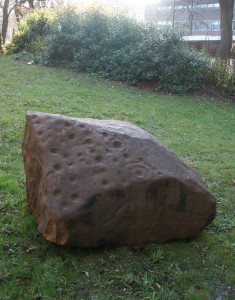

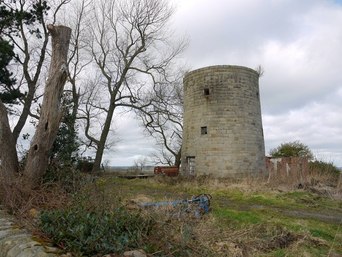
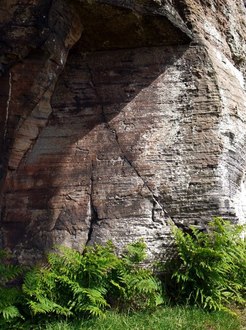
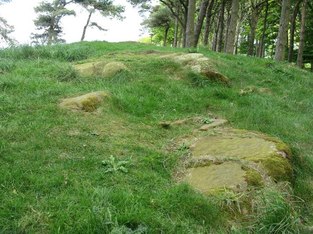


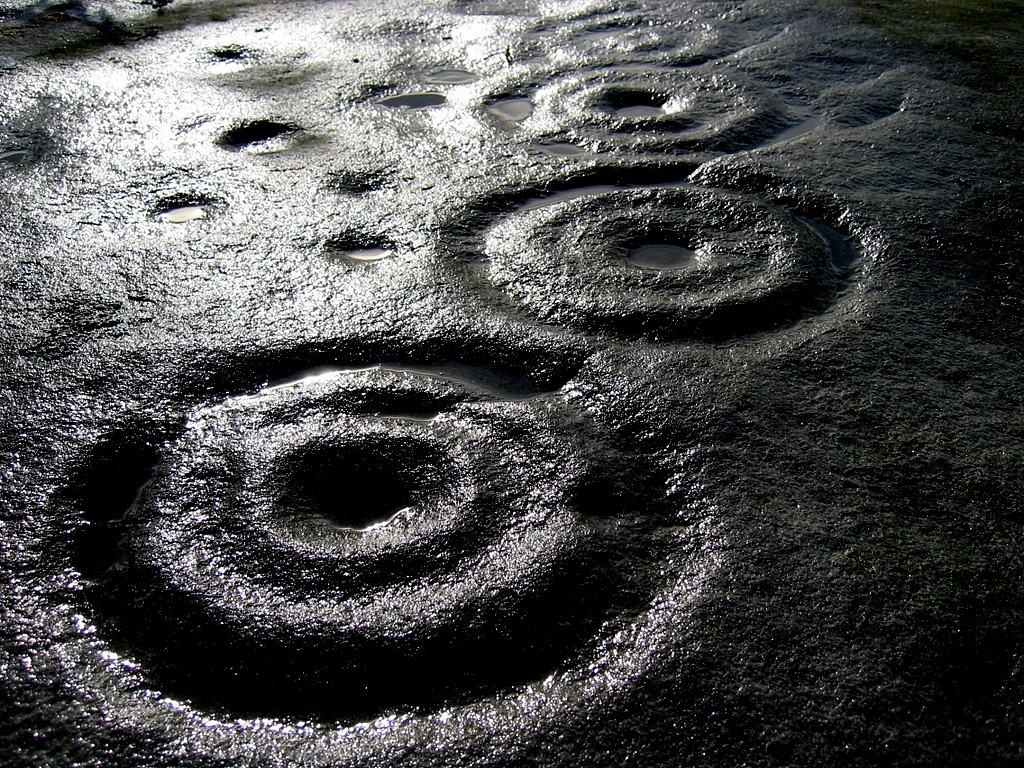
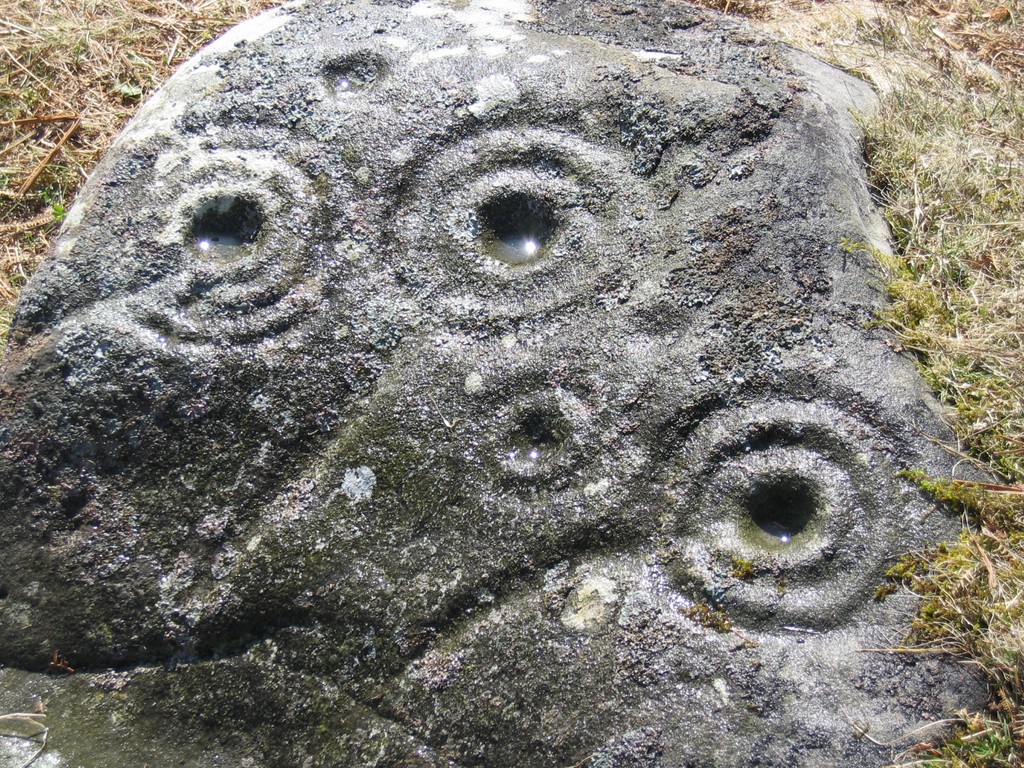
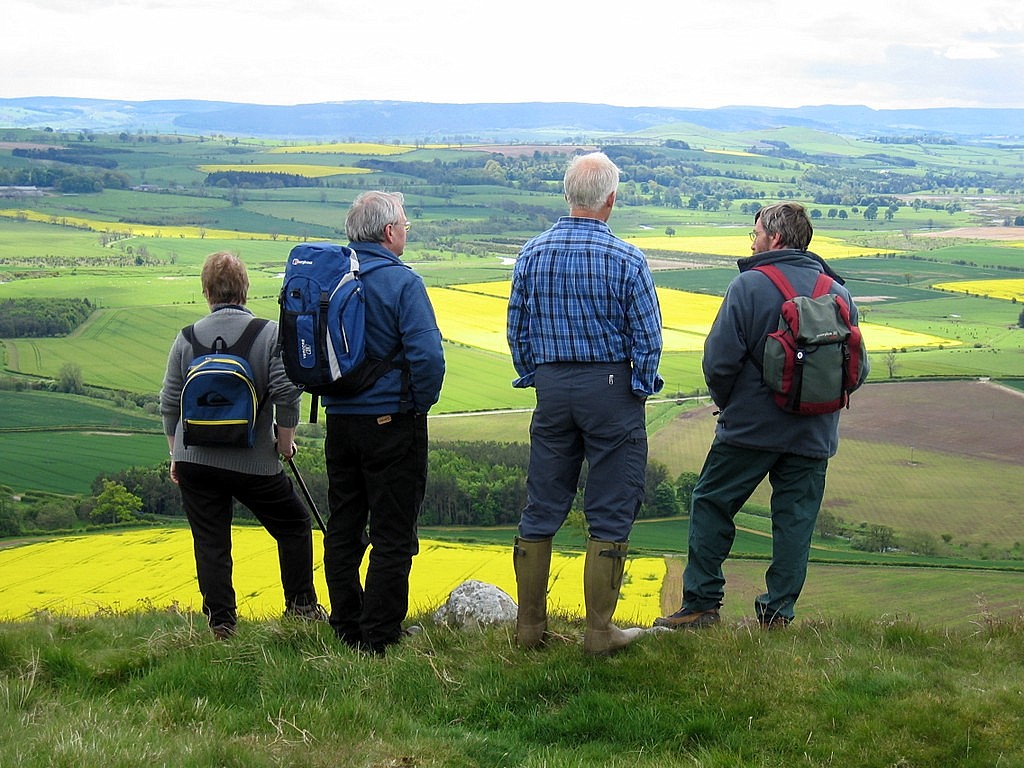
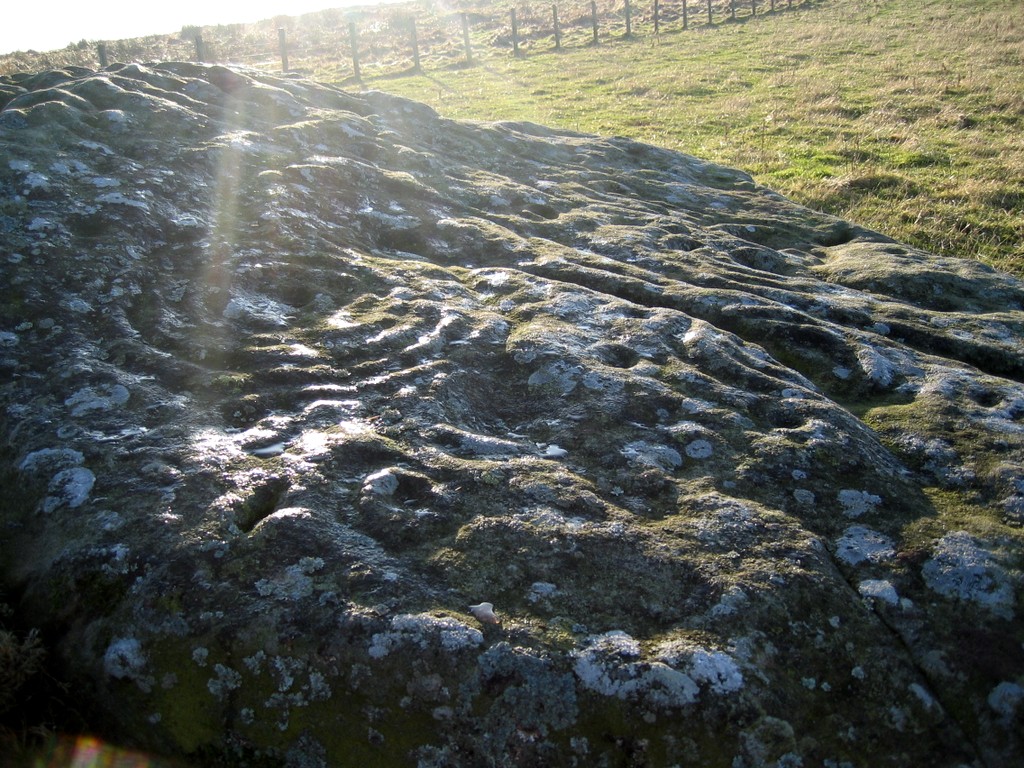
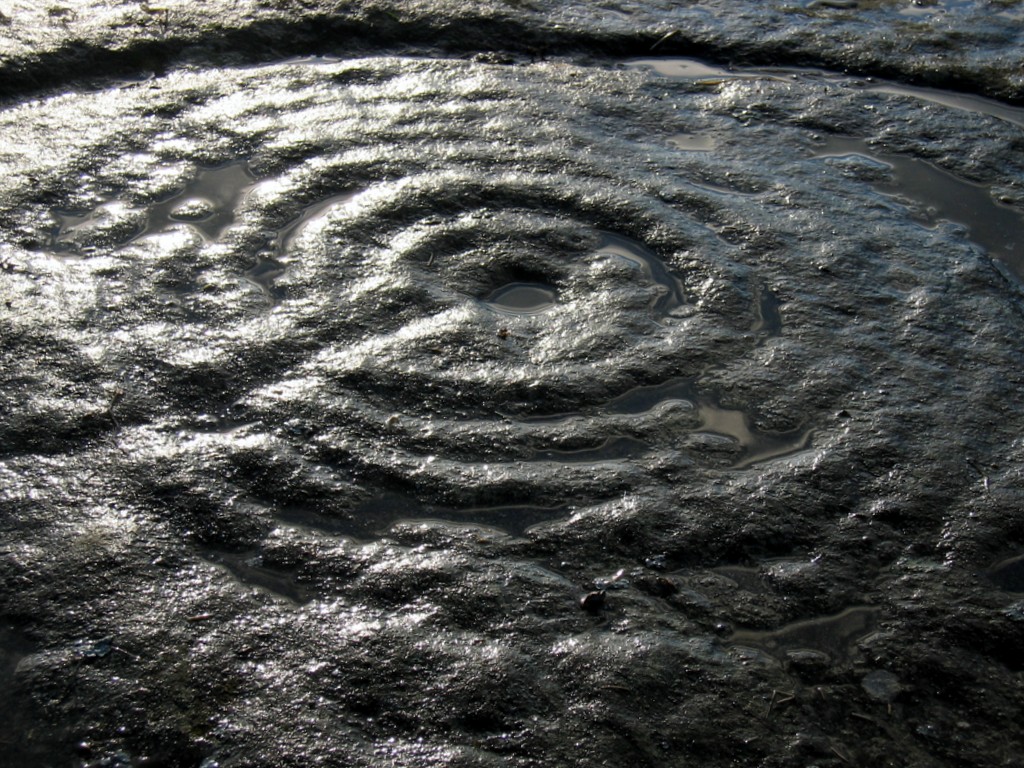
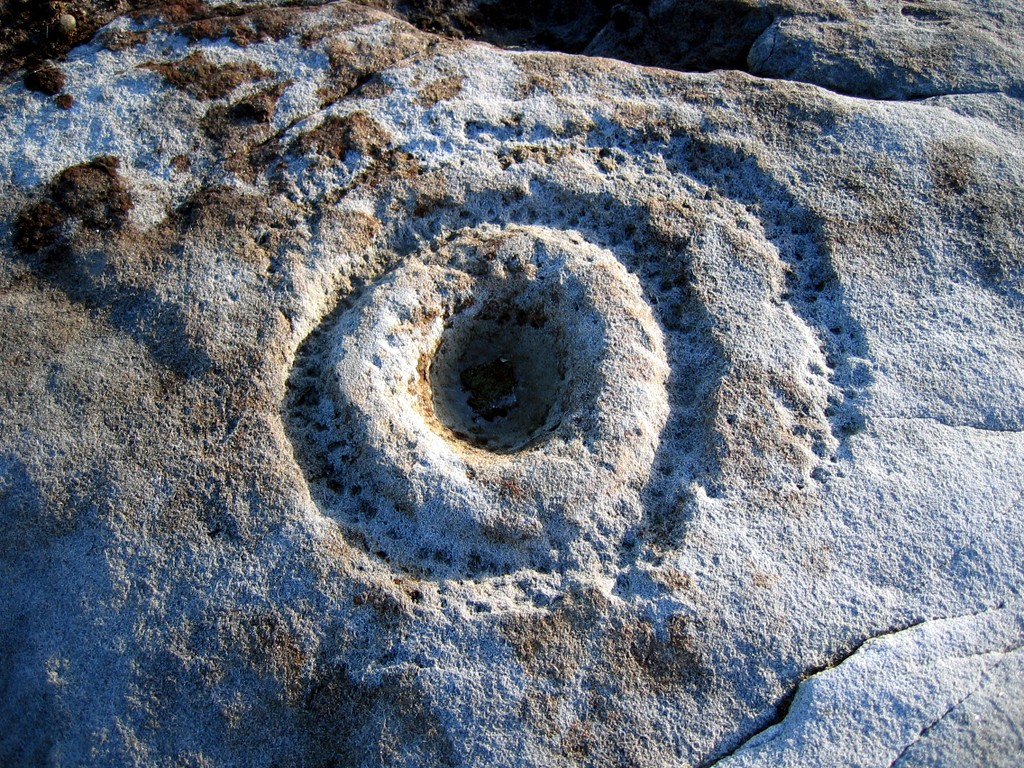
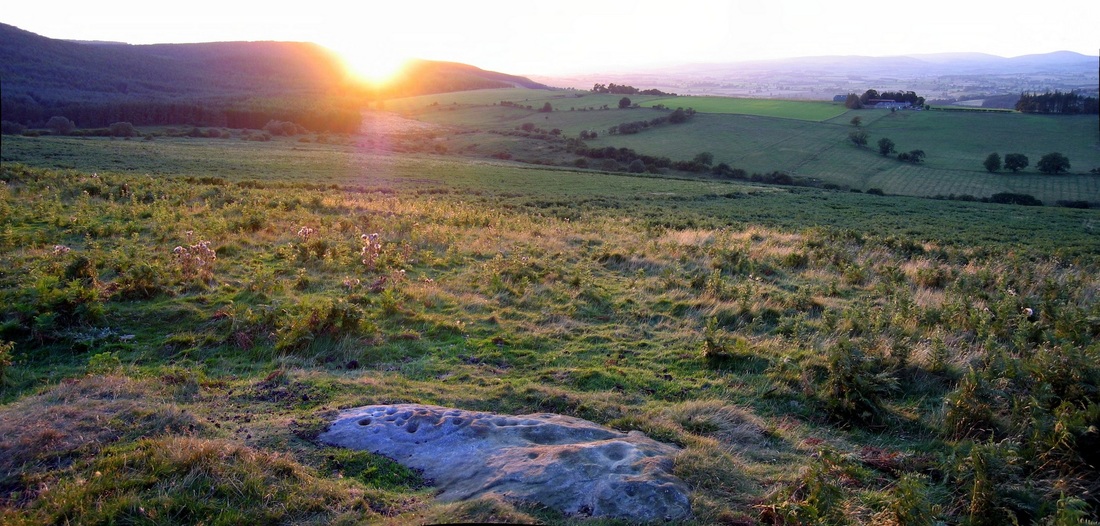
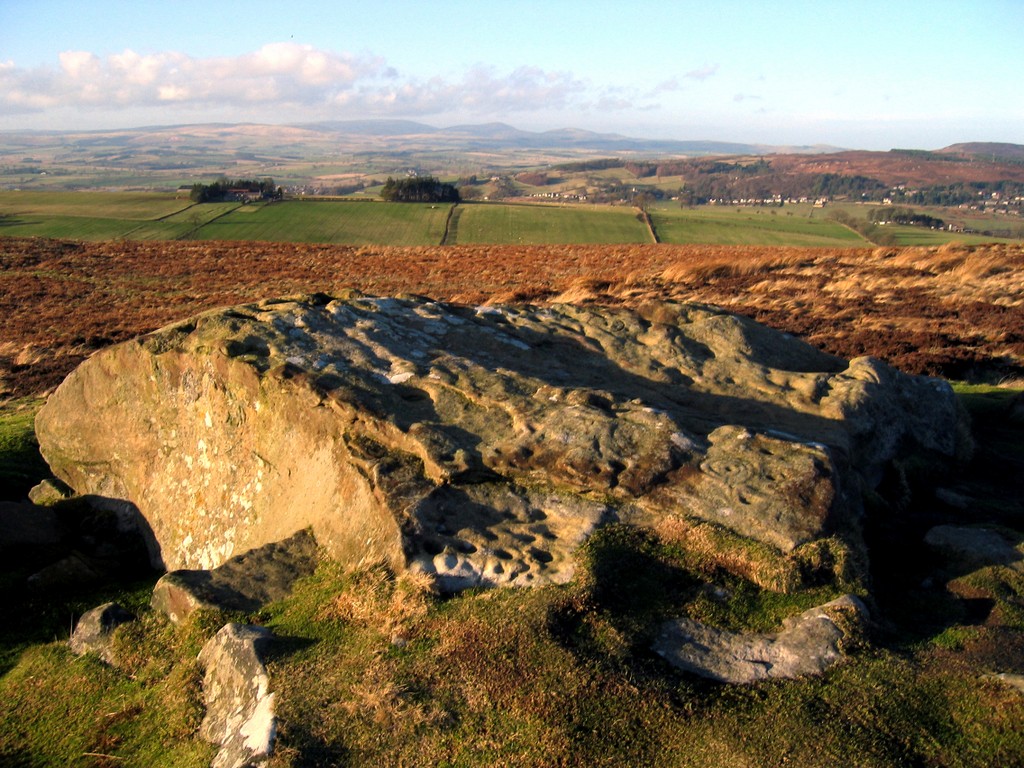


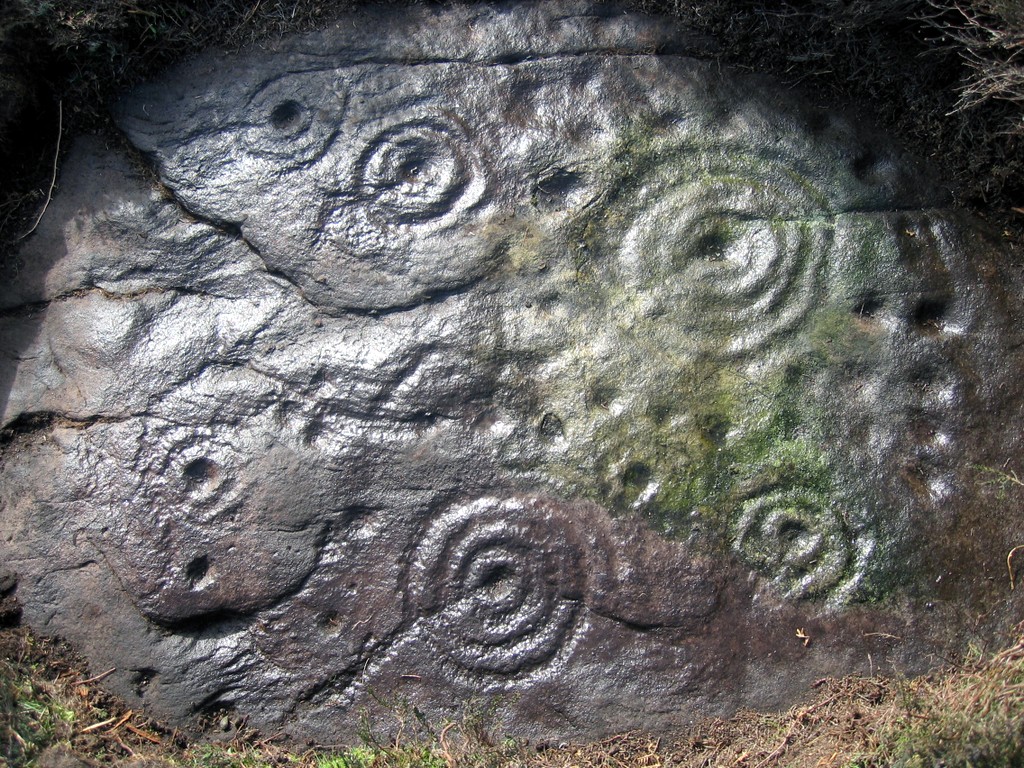
 RSS Feed
RSS Feed
